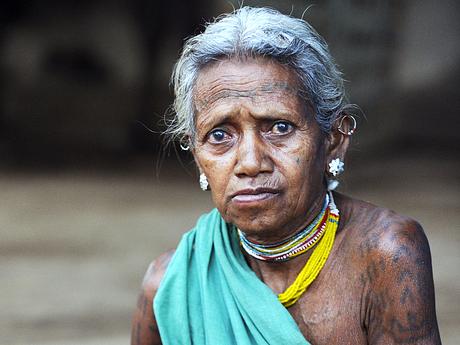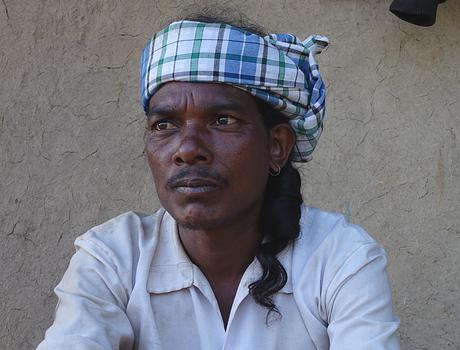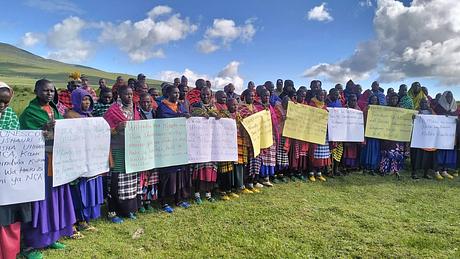Jungle Book: Tribes threatened with eviction as Disney movie opens
April 6, 2016
 © Survival International, 2013
© Survival International, 2013This page was last updated in 2016 and may contain language which is now outdated.
As the new Jungle Book movie is released, tribes across India are being illegally evicted from their lands because they’ve been turned into tiger reserves – while fee-paying tourists are welcomed in.
One of these places is the iconic Kanha Tiger Reserve, the inspiration for Rudyard Kipling’s original novel, from where hundreds of Baiga and Gond tribespeople were illegally evicted in 2014. And forced evictions are once again being threatened in the nearby Achanakmar reserve, despite fierce opposition, and in Amrabad, among others.
Kanha markets itself as the “inspiration” for The Jungle Book, and encourages large-scale tourism on the grounds that “nowhere can you see [tigers] as often.” But few visitors or viewers of the Disney film will be aware of the violence and intimidation inflicted on tribal peoples in the home of The Jungle Book in the name of tiger conservation.
The Forest Department claims that tribes accept “voluntary relocation”, but in reality they are coerced into “accepting” eviction with bribes and the threat of violence. Some are moved to government resettlement camps, but others are simply pushed out and forced to live in abject poverty on the edges of their territory.
Following the Kanha forced evictions in 2014, one Baiga man said: “We were one of the last families to resist. But the people from the reserve forced us to leave. They told us they’d take care of us for three years, but they didn’t do a thing. Even when my brother was killed, no one came to help us.”
Another Baiga tribesperson said: “We are lost – wandering in search of land. Here there is only sadness. We need the jungle.”

The big conservation organizations are guilty of supporting this. They never speak out against evictions. But many Indian tribes actually revere the tiger, and have lived peacefully alongside them for generations. There is no evidence that evictions protect tigers; in fact they’re more likely to harm them by alienating local people from conservation efforts.
Tribal peoples are the best conservationists and guardians of the natural world. They should be at the forefront of tiger conservation, but instead, they are being excluded. There is even evidence of more tigers living in areas where the people have not been thrown out.
Survival’s director Stephen Corry said: “We hope that this film helps bring some attention to the suffering currently being inflicted on tribal people across India in the name of tiger conservation. When India’s tiger population crashed in the last century it had nothing to do with tribes. It happened thanks to rapid industrialization and the wholesale slaughter carried out by colonial hunters and Indian elites. Yet all over India, tribes are paying the price for this: They’re kicked off their ancestral land to be replaced by tourists in their thousands.”



